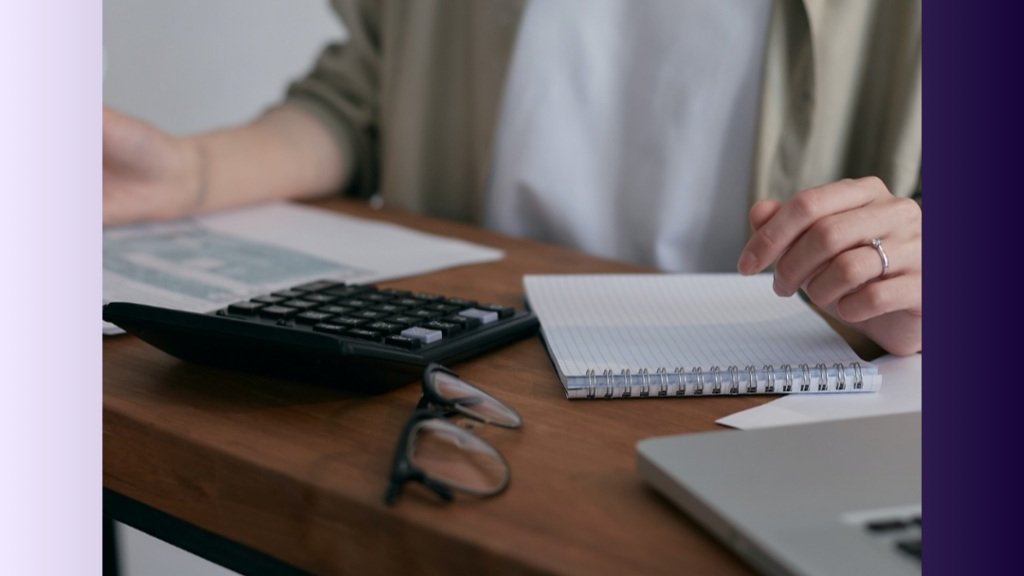Get Paid: How to Write an Invoice For Freelance Work
You’ve landed a cool new client, completed your first freelance project, and sent off the deliverables. Now what?
Now it’s time to get paid for your work. Managing the business side of freelancing isn’t always fun, but you know what is? Getting paid for the value and work you created for a client as an independent creative.
When it comes time to invoice a client for freelance work, there are a few steps to follow so that you can get your money (on time), set expectations with clients, and maintain a consistent cash flow for your business.
Let’s break down how to invoice a client for freelance work.
Find a payment tool that works for you
Sometimes clients will have their own invoicing process or payment system that they prefer you use. But if they don’t, then it’s up to you to take the lead and find a payment tool that works for you and your business.
Our advice is to use a tool that’s specifically designed for freelancers. These tools keep everything you need in one place so you can easily track and manage your freelance finances. For example, our Payments tool makes it easy to turn your scope of work into an invoice with just one click.
Seamless payment tools save you time and headaches, so it’s worth it to find one that works for you.
Outline your payment terms
Even though your payment terms should be outlined in your contract, it doesn't hurt to include them somewhere in your invoice as a reminder.
Payment terms can include the agreed upon price, an initial deposit, any late fees (e.g., if the client misses the payment due date, they’ll be charged with a late fee of 1.5% interest), and types of payment methods.
You should also stick to a pay schedule to protect your cash flow and make sure you’re getting paid on time. A common payment term for freelancers is net 30 which means the full invoice is due within 30 days of receipt. Whatever makes the most sense for your business, stick to it.
Offer a breakdown of deliverables
Next, break down your services or project phases. This section should mirror the initial scope of work you sent when you first landed the new client and outline every deliverable along with the price for each. The key is to itemize this section so it’s easy to follow and the client knows exactly what deliverables are included in the invoice.
Don’t forget the details
Add the final touches to give your invoice a professional impression. Here’s what else to include when you invoice a client for freelance work:
Header or logo
Your contact information
Invoice number
Client’s contact information
Date issued
Due date
Not only do these details make your invoice look polished and easy to follow, but elements like the invoice number and dates help keep things organized for both you and your client. This type of organization is key to managing your freelance finances like a business.
Follow up
When you first start sending invoices to clients for freelance work, some clients may need that extra nudge. The first experience will set the tone for the process going forward. So don’t be shy about following up! This is your business, after all.
If you get crickets after sending your first invoice, send a quick follow up to make sure the client received it and is prepared to pay within the timeframe listed on the invoice. And if they miss the due date? Charge a late fee if that’s what’s included in your payment terms.
Hopefully, if you’ve made your payment terms clear before sending off the first invoice, it won’t come down to this. But late payments do occasionally happen, which is why it’s important to protect yourself when sending invoices to clients for freelance work.

